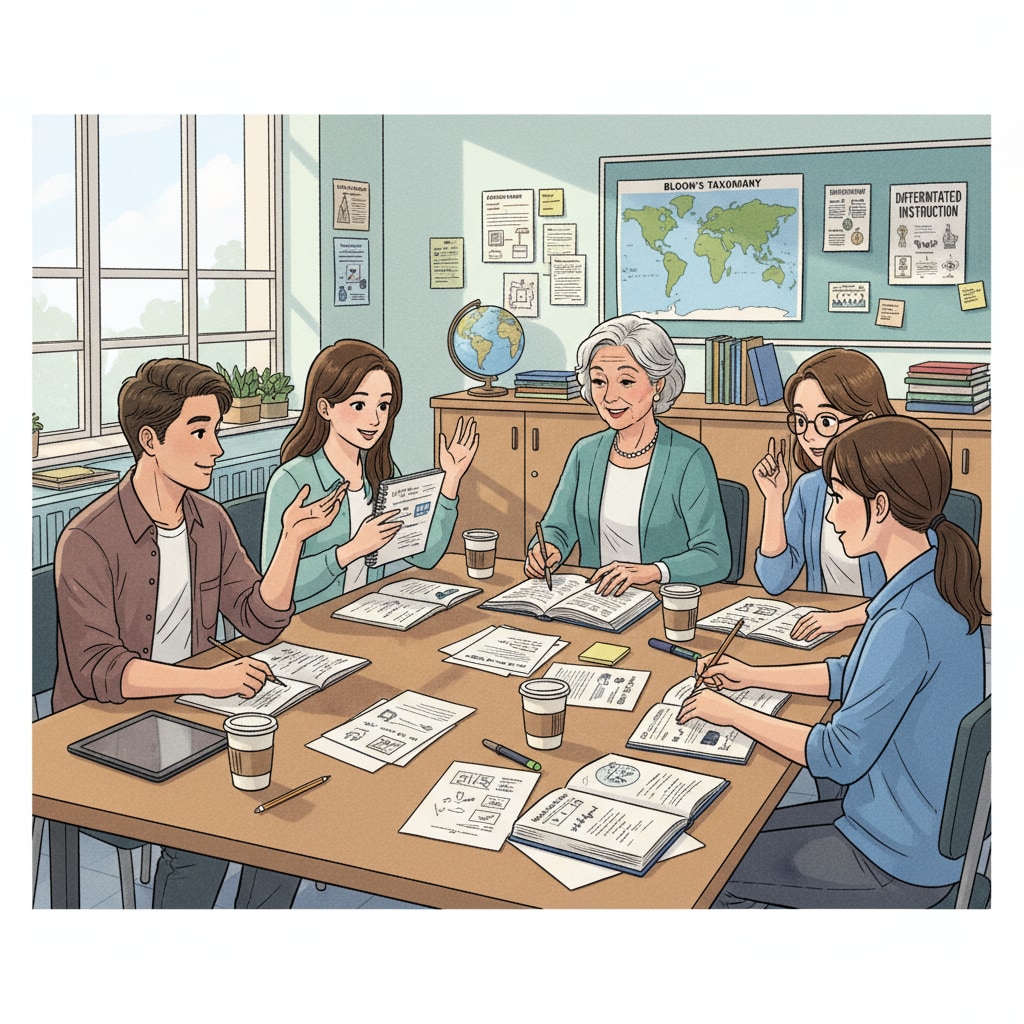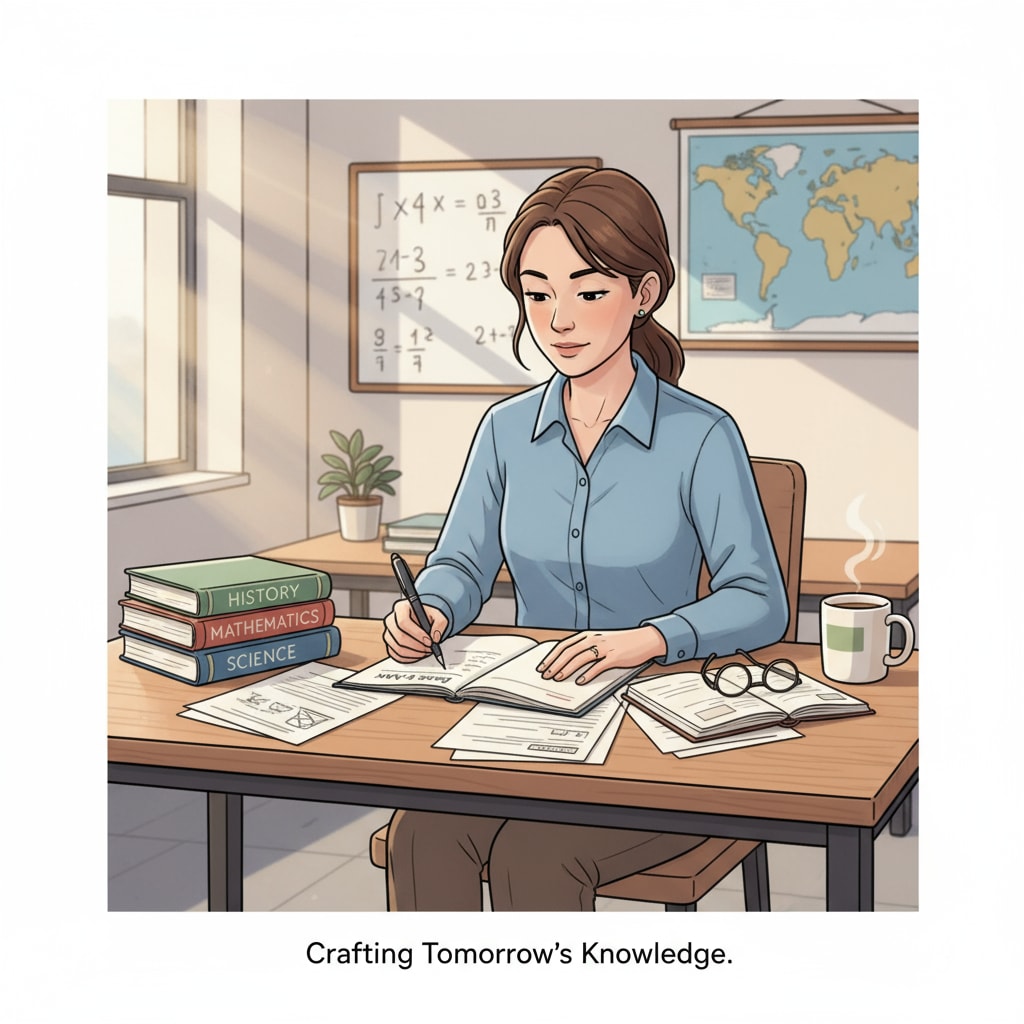Student teaching, lesson plan authenticity, teaching skills, and AI limitations are topics that have come to the forefront as AI technology becomes more integrated into the field of education. The use of AI to generate lesson plans during teaching internships has sparked a debate about what it truly means to be an effective educator.

The Significance of Authentic Lesson Plans
Authentic lesson plans are the cornerstone of a teacher’s professional development. When a teacher creates a lesson plan from scratch, they engage in a deep understanding of the curriculum, the learning needs of their students, and the overall educational goals. According to TeachThought, a well-crafted lesson plan serves as a roadmap for the teaching and learning process. It allows teachers to organize their thoughts, sequence the content effectively, and anticipate potential challenges. For example, in a math class, an authentic lesson plan might include hands-on activities, real-world examples, and differentiated instruction to meet the diverse needs of students. This level of customization is difficult to achieve with AI-generated plans.

The Limitations of AI in Lesson Plan Generation
While AI can be a useful tool, it has significant limitations when it comes to creating truly effective lesson plans. AI operates based on algorithms and data it has been trained on. It lacks the human touch, the ability to understand the unique context of a classroom, and the emotional intelligence required to connect with students. As stated by EdSurge, AI may be able to generate a basic structure for a lesson plan, but it cannot account for the spontaneous moments in a classroom, the individual learning styles of students, or the cultural and social factors that influence the learning environment. For instance, an AI-generated lesson plan might not be able to adapt to a student’s sudden question or a change in the class’s energy level.
Moreover, AI-generated lesson plans often lack the creativity and flexibility that human teachers bring. Teachers draw from their own experiences, knowledge, and understanding of the students to create engaging and dynamic lessons. This creativity is essential for capturing students’ attention and making the learning experience memorable.
Readability guidance: Short paragraphs and lists are used to summarize key points. Each H2 section provides a list of important aspects. The proportion of passive voice and long sentences is controlled, and transition words are added throughout the text to enhance readability.


